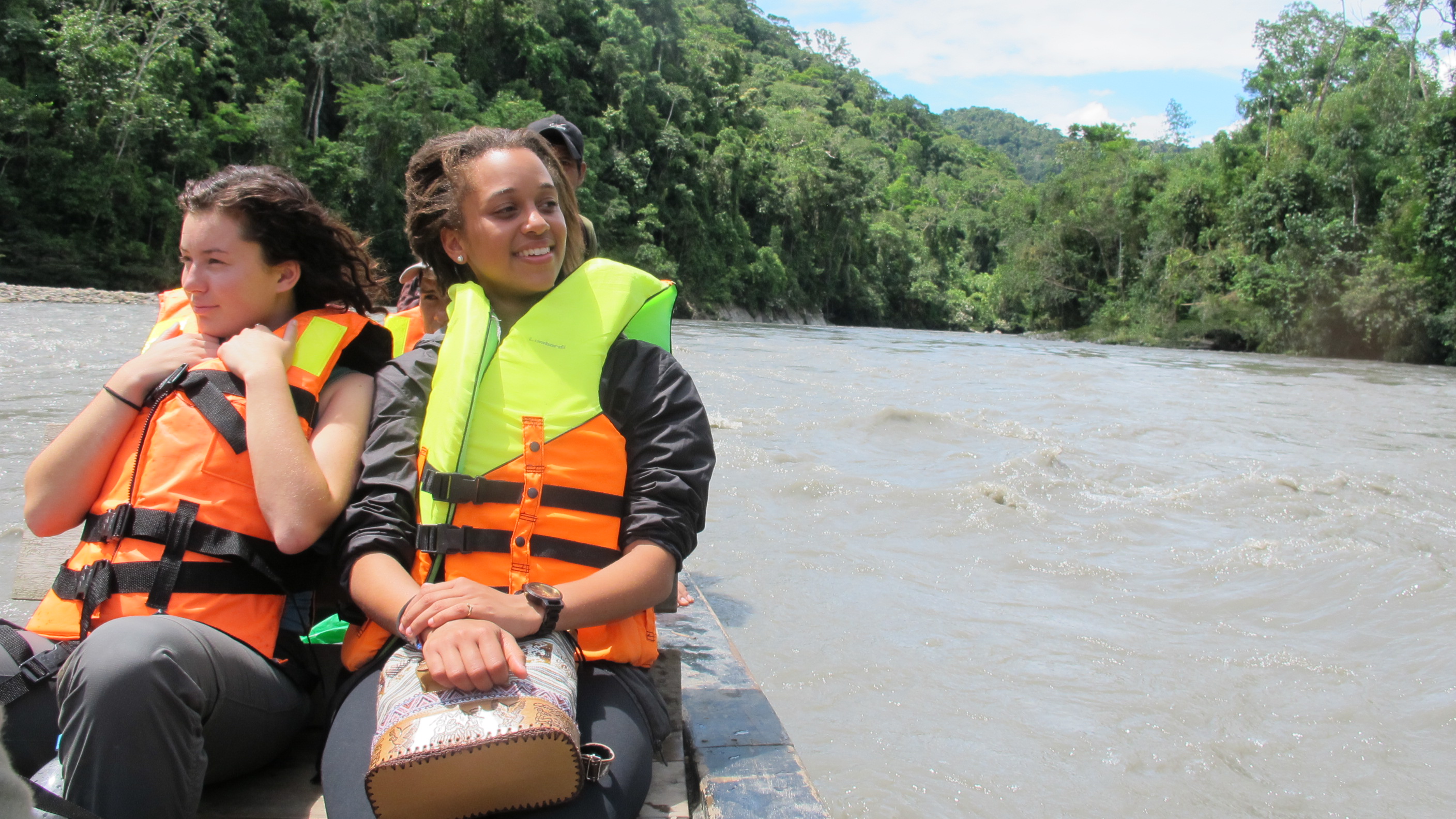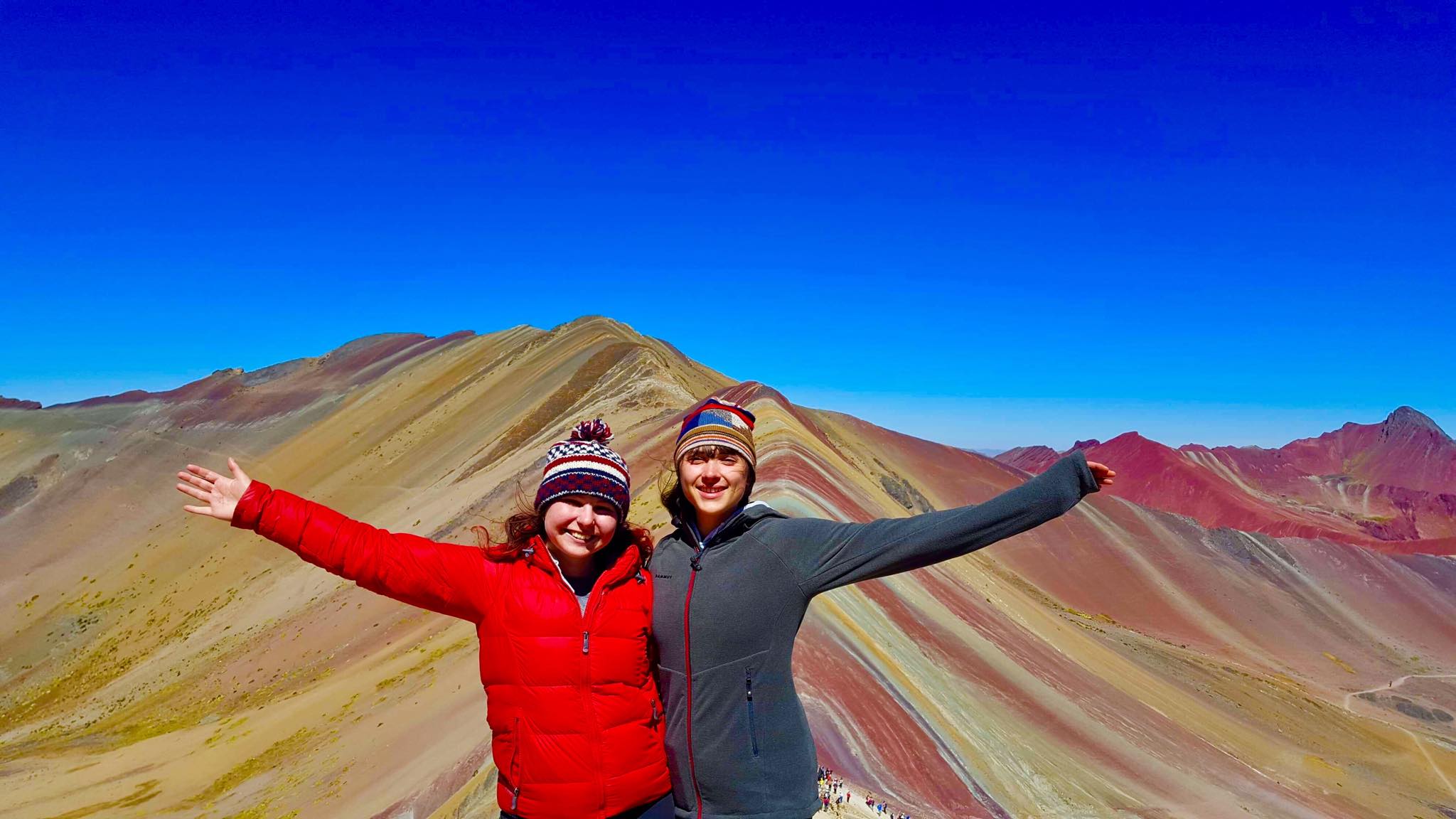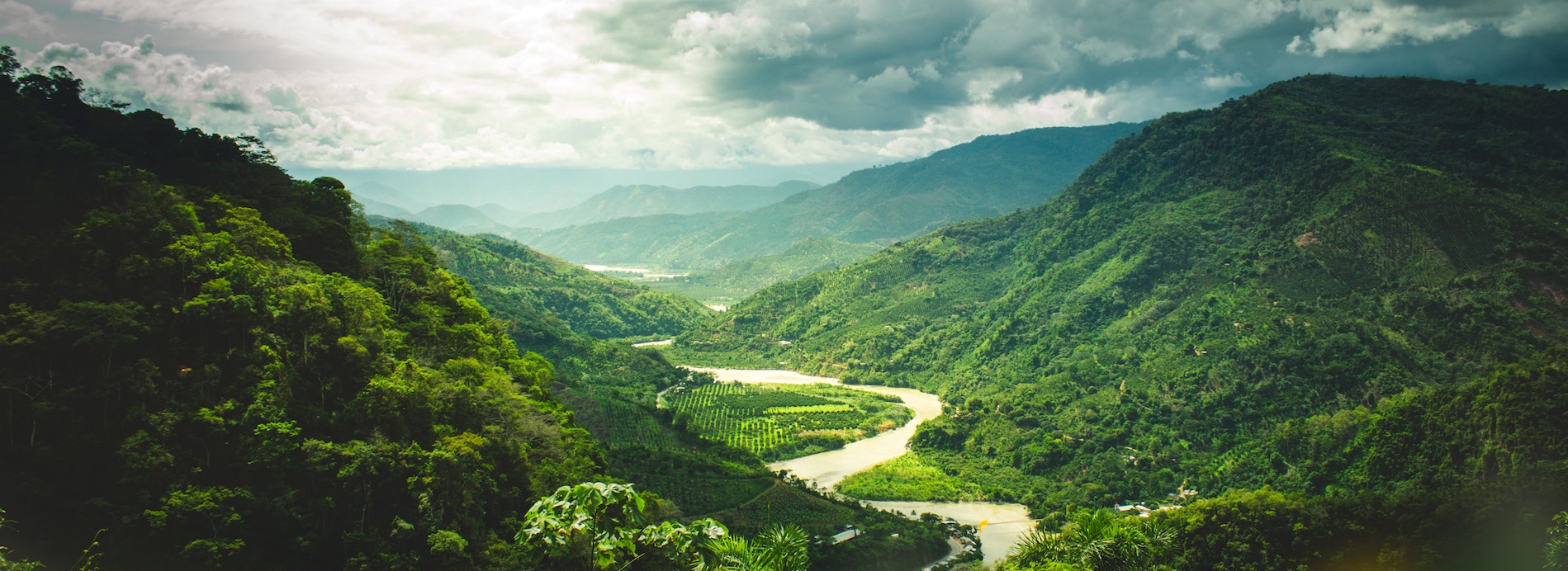How you can help tackle climate change in Peru
by juliette capomolla
Are you concerned about climate change? Do you want to make a difference beyond just your own personal sustainable choices? Do you want to help tackle global climate change?
If you answered yes, yes and yes, you should go right ahead and reserve yourself a spot in our Amazon Sustainability Challenge!
Why Global Climate Change?
We started this challenge because we need more volunteers travelling abroad to help up fight climate change. This is arguably the greatest global challenge we will face in our lifetime and we are proud to have adapted our volunteer challenges to help tackle it.
All of our volunteer programs are aligned with the UN Sustainable Development Goals and the Amazon Sustainability Challenge particularly focuses on achieving goal 13: Take urgent action to combat climate change and its impacts. One of the main concerns of this goal is that the most vulnerable people are becoming more vulnerable because of climate change. It is largely affecting more rural and coastal communities that are already more disadvantaged than the metropolitan cities. We see it as our responsibility as global citizens to help these poorer communities rise against this issue.
We fully agree with the UN when they say that:
“Climate change… is a global challenge that does not respect national borders. It is an issue that requires solutions that need to be coordinated at the international level to help developing countries move toward a low-carbon economy.”
In Australia, we are fortunate to have access to information that can help us combat climate change. We are fortunate to be privy to the education and awareness that teaches us sustainable alternatives to otherwise harmful options. Yet in the countries where we work, these communities often do not have this privilege. This is particularly because solutions that would have worked before are no longer relevant because their environment has changed recently.
The main focus of our environment volunteering challenges is education. As the saying goes, give a man a fish and you feed him for a day; teach a man to fish and you feed him for a lifetime. Instead of going abroad and planting or cleaning up on behalf of these locals, we want to teach them how to continue to live their lives in a more sustainable manner that will protect their natural environment.

The Amazon Sustainability Challenge
This volunteer program operates in two parts. Your first week is spent in the Amazon Rainforest, learning about local conservation efforts and the unique flora and fauna of the region. During your time in the Amazon, you will talk to local experts, learn about native plants and what solutions are available in the local community to combat climate change. On top of all this, let’s remember you are in the astounding Amazon rainforest that is an experience in itself!
In your second week in Peru, you will be based in Urubamba in the Sacred Valley. You will be working with our partner schools to run environment-focused workshops that will give children the knowledge and skills they need to look after their environment and share this knowledge with their family! You'll also have the chance to work on more practical projects, like creating a community garden or painting an environmental-focused mural at the school.
What are the climate challenges in Peru?
Peru is currently facing widespread drought. The country is a major part of the El Niño and La Niña natural climate system. Basically, this event oscillates approximately every five years in the Pacific Ocean so that one side (i.e. North and South America) suffers drought and the other (East Asia and Oceania) suffers flooding, and vice versa. Climate change is intensifying this phenomenon and its consequences are becoming more severe.
Many citizens of Peru and particularly the Sacred Valley in which we work, largely rely on agriculture as their main source of income. They live and survive off of the land, so when drought hits, their very livelihood is in danger.
On top of this, eucalyptus trees were widely planted throughout the region in the early 1900s, despite them not being native to the region. While the trees themselves have adapted to the local climate, they have had unforeseen consequences for the environment. Eucalyptus trees sink their roots deep into the ground and as a result dry up the ground water. They leave the ground so dry that other plants can't grow near them, including varieties native to the region.
There is a movement underway in Peru to reforest the area with native plants in an attempt to reverse the damage before it is made more severe by climate change. In Urubamba, we are working with local children and their families to educate them about this issue and provide the tools and knowledge they need to better look after their environment. The hope is that through this work, local farmers will be less affected by drought and able to continue living off the land for generations to come.

Peru also has 70% of the world's tropical glaciers, which are in significant danger of melting and completely disrupting the natural balance of the local environment. One of the reasons you might be wanting to visit Peru is to see Rainbow Mountain. This is an amazing place to visit, but can also make you feel a bit uneasy, given that this mountain was only discovered a few years ago when part of the snow covering it melted away!
While the government is implementing measures like reducing deforestation and making renewable energy sources more accessible to combat the effects of climate change, the reality is that these measures are often not reaching poorer, more isolated rural communities. It's therefore essential that we can do our bit to fill this gap through environment and sustainability education with these local communities.
Volunteering abroad shouldn't just be teaching English or building a playground, to achieve the Sustainable Development Goals we need to have a wider, innovative approach that tackles global issues, like climate change.
Ready to volunteer and do your bit? Check out our Amazon Sustainability Challenge!





